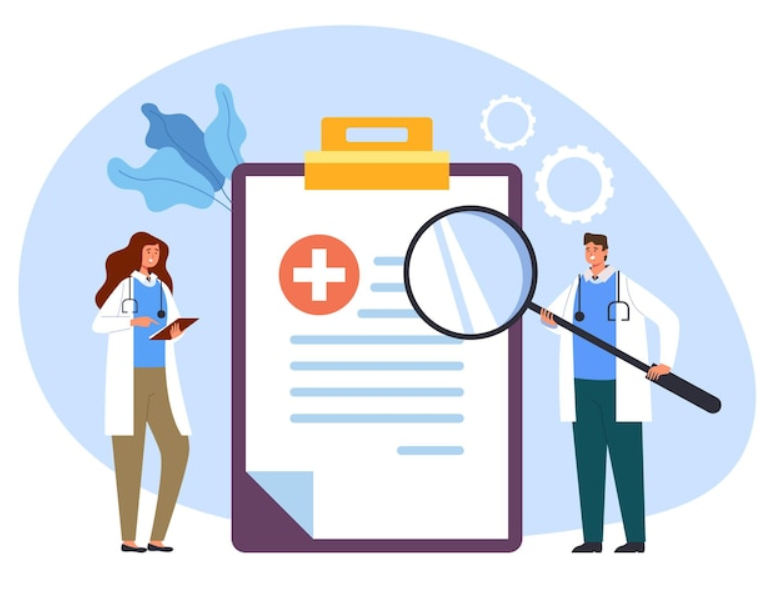Diagnosis
Sinus tachycardia is diagnosed when the heart rate, originating from the sinus node, is faster than the normal range, typically exceeding 100 beats per minute. Diagnosis involves a thorough examination of the patient's medical history, focusing on symptoms such as palpitations, shortness of breath, or chest discomfort. Electrocardiogram (ECG) is a key diagnostic tool to confirm the presence of sinus tachycardia and assess the overall cardiac rhythm. Additional tests may be conducted to identify any underlying causes or contributing factors, such as anemia, fever, dehydration, or hyperthyroidism.

